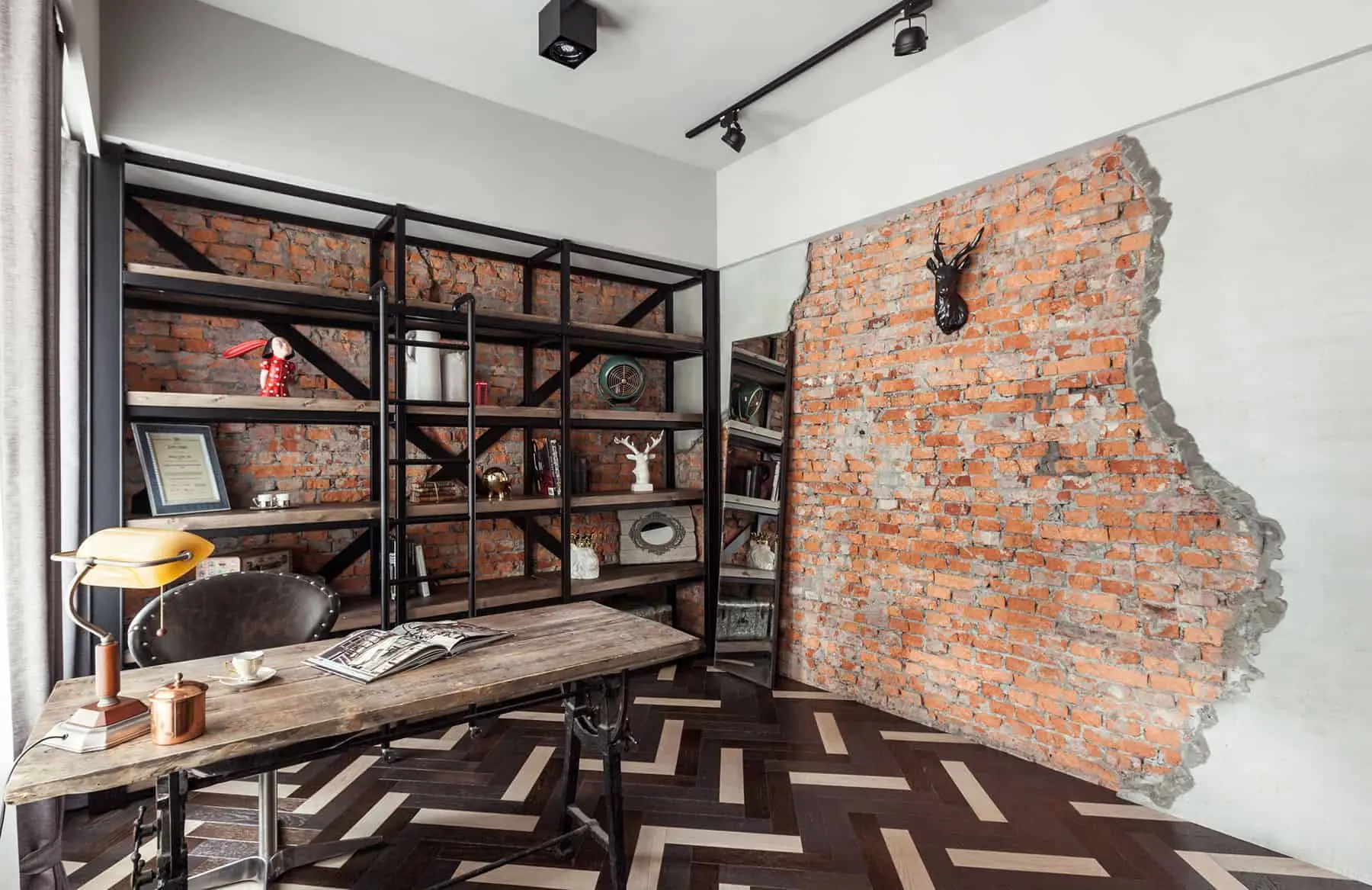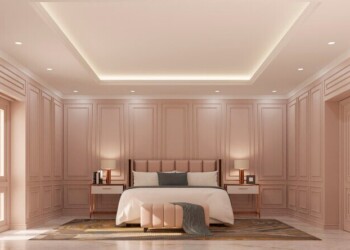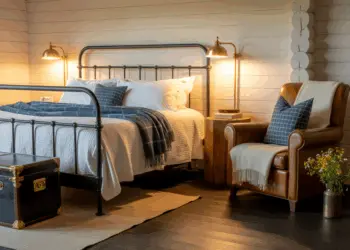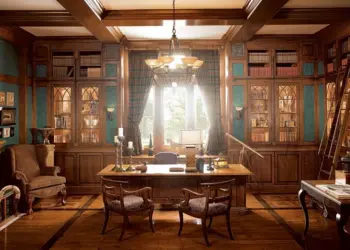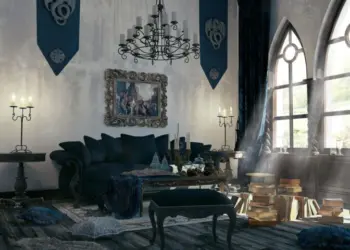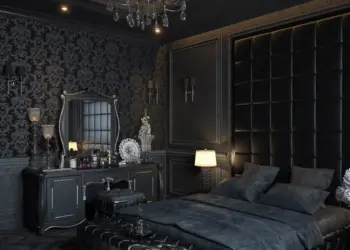Welcome, fellow interior enthusiasts, to the future of industrial house interiors in 2024! If you’re itching to give your living space a contemporary and edgy vibe, you’re in for a treat. In this article, we’ll dive headfirst into the coolest, most innovative, and downright mind-blowing industrial house interior ideas that are setting the trend in 2024. Buckle up as we take a wild ride through the realms of creativity, bringing you the best ideas to revamp your living space.
Table of Contents
Embracing the Fusion: Nature Meets Industrial
Imagine stepping into your home, greeted not only by the rugged charm of industrial aesthetics but also by the soothing touch of nature. In 2024, the trend of blending natural elements with industrial design is hotter than ever. Here’s how you can bring this fusion to life:
1. Living Green Walls
Transform your industrial space by incorporating living green walls. These vertical gardens not only add a touch of nature but also improve air quality. It’s the perfect blend of urban grit and natural serenity.
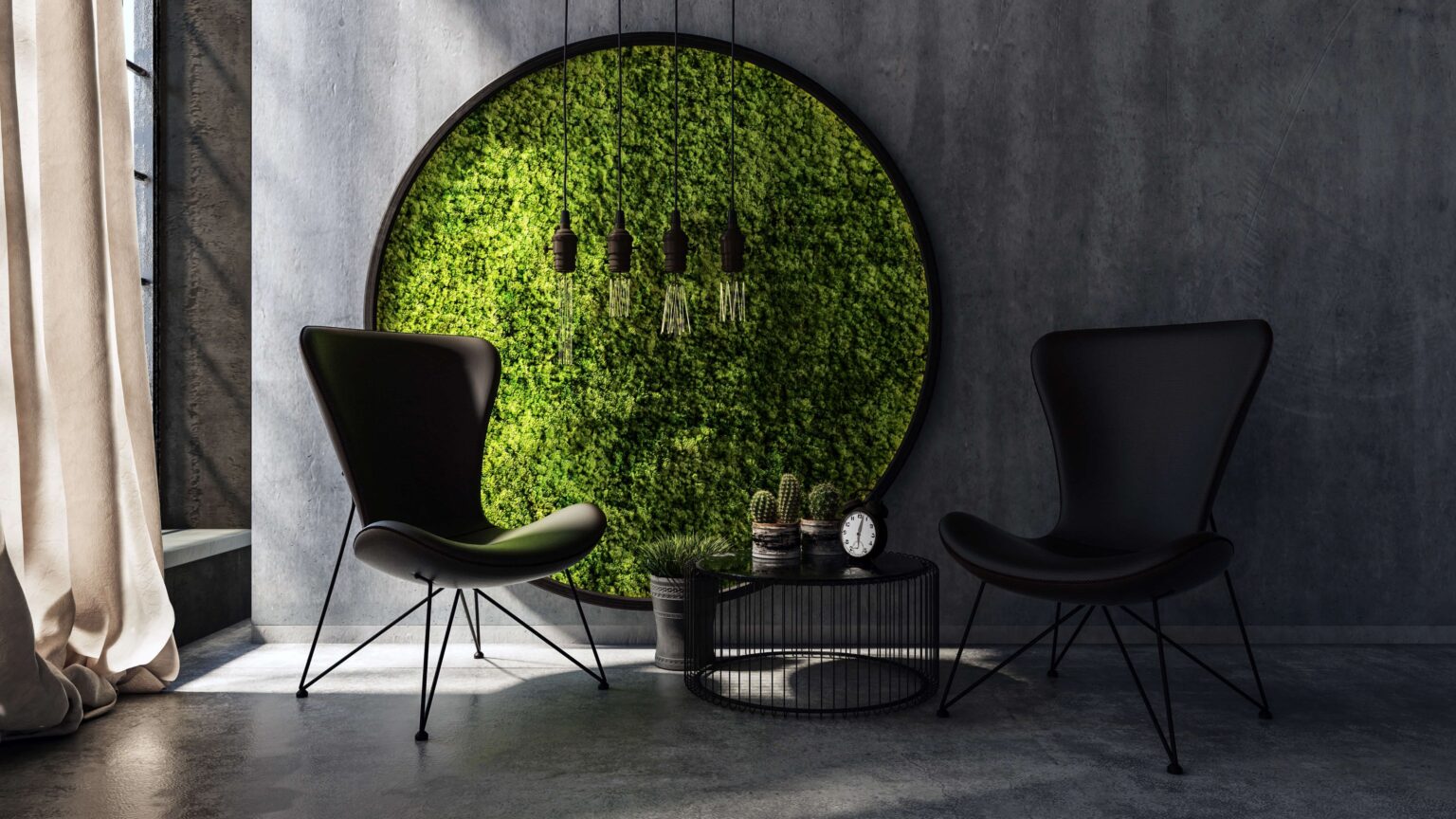
2. Exposed Brick Meets Wooden Accents
Mix the raw appeal of exposed brick with warm wooden accents. This pairing brings a harmonious balance, giving your space an inviting and cozy feel while maintaining that industrial edge.
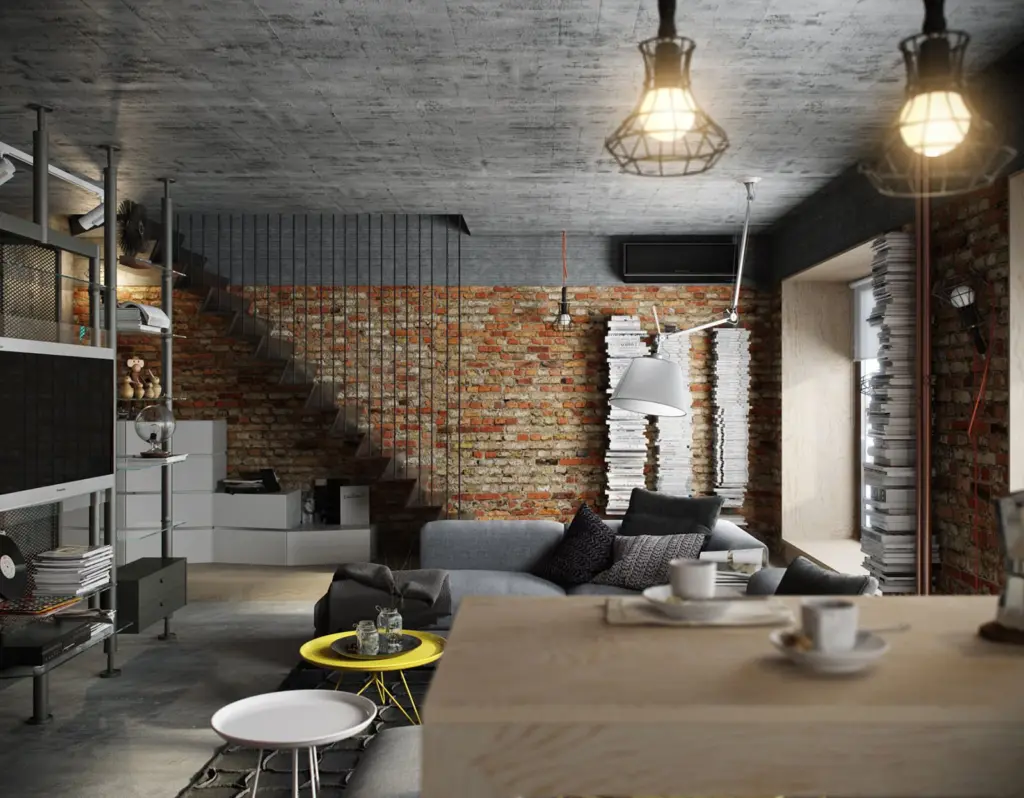
Tech-Infused Industrial Chic
In 2024, it’s not just about aesthetics; it’s also about embracing the latest technology to elevate your industrial home. Let’s explore how you can infuse tech into your living space:
3. Smart Lighting Solutions
Say goodbye to traditional lighting and welcome smart lighting into your industrial haven. Control the ambiance with a simple voice command or a tap on your smartphone. Set the mood with a variety of colors and intensities to suit every occasion.
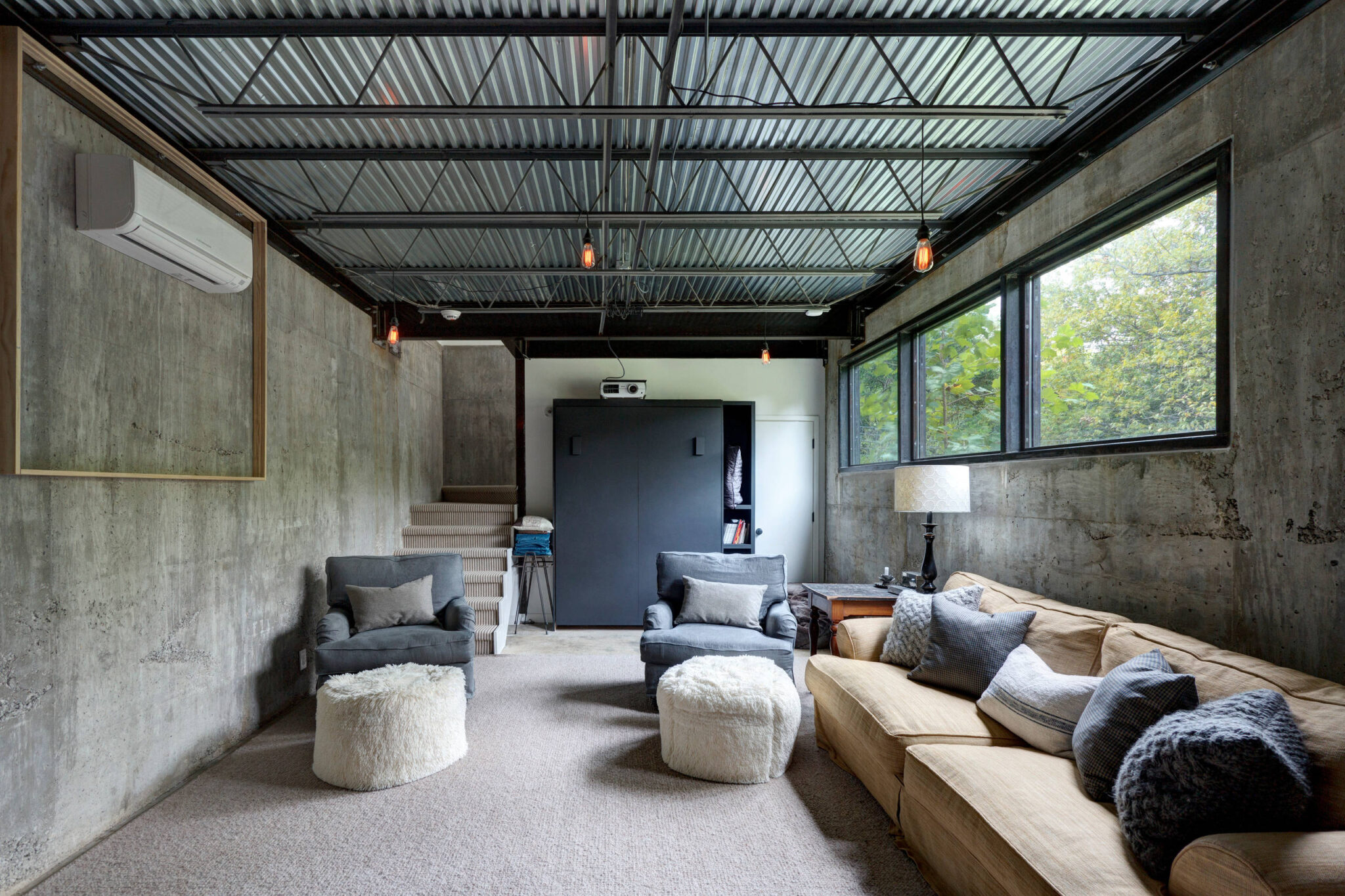
4. Interactive Furniture
Invest in furniture that goes beyond its physical form. Imagine a coffee table that doubles as a touchscreen interface, allowing you to control your home’s smart devices or browse the web with a simple touch!
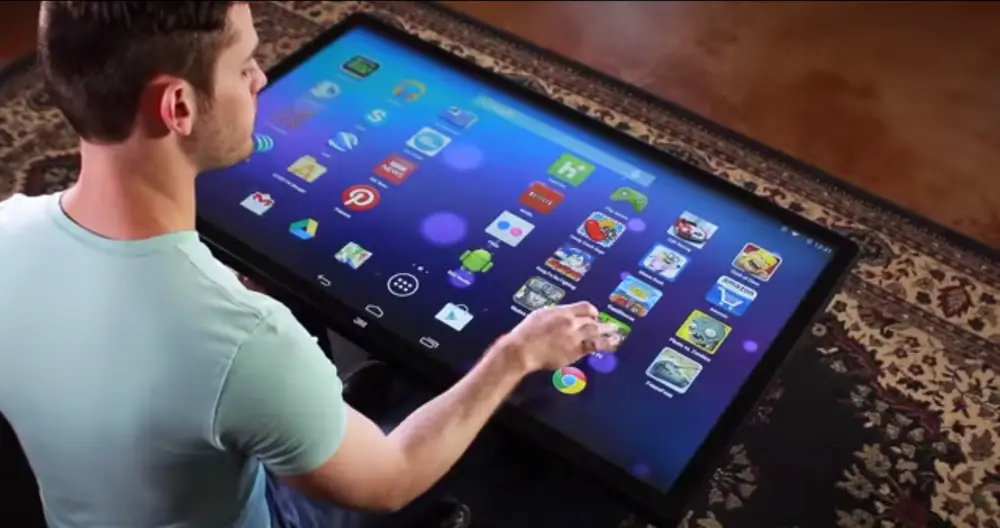
Industrial Minimalism: Less is More
In 2024, the industrial trend is embracing minimalism, proving that less truly is more. Here’s how you can achieve the perfect balance between industrial grit and minimalist elegance:
5. Monochrome Madness
Opt for a monochromatic color palette with shades of grey, black, and white. This creates a clean and sleek look while still maintaining the rugged charm of industrial design.
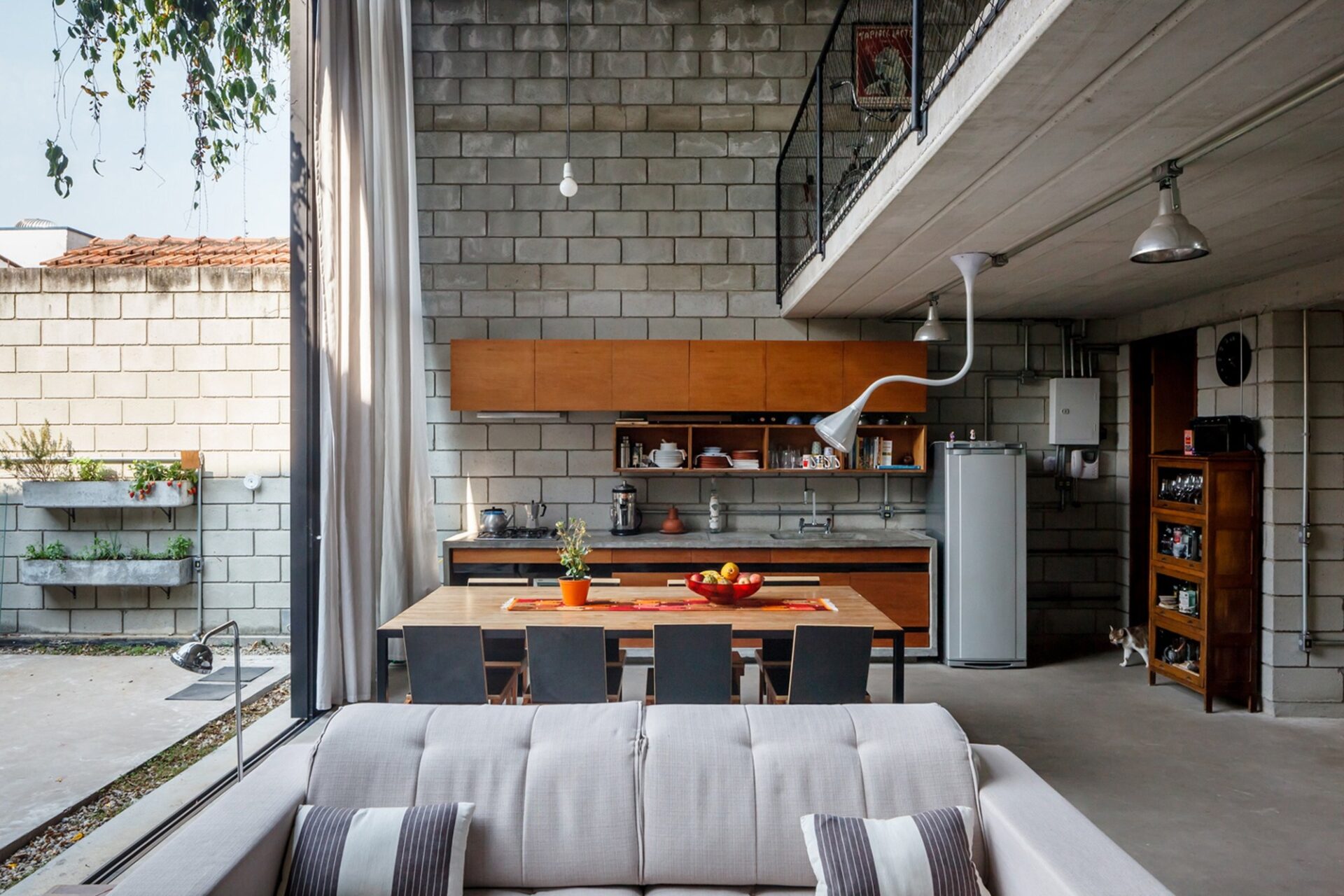
6. Streamlined Furniture
Choose furniture with clean lines and simple shapes. Avoid clutter and unnecessary decorations. Let the raw materials and industrial elements take center stage in your minimalist masterpiece.
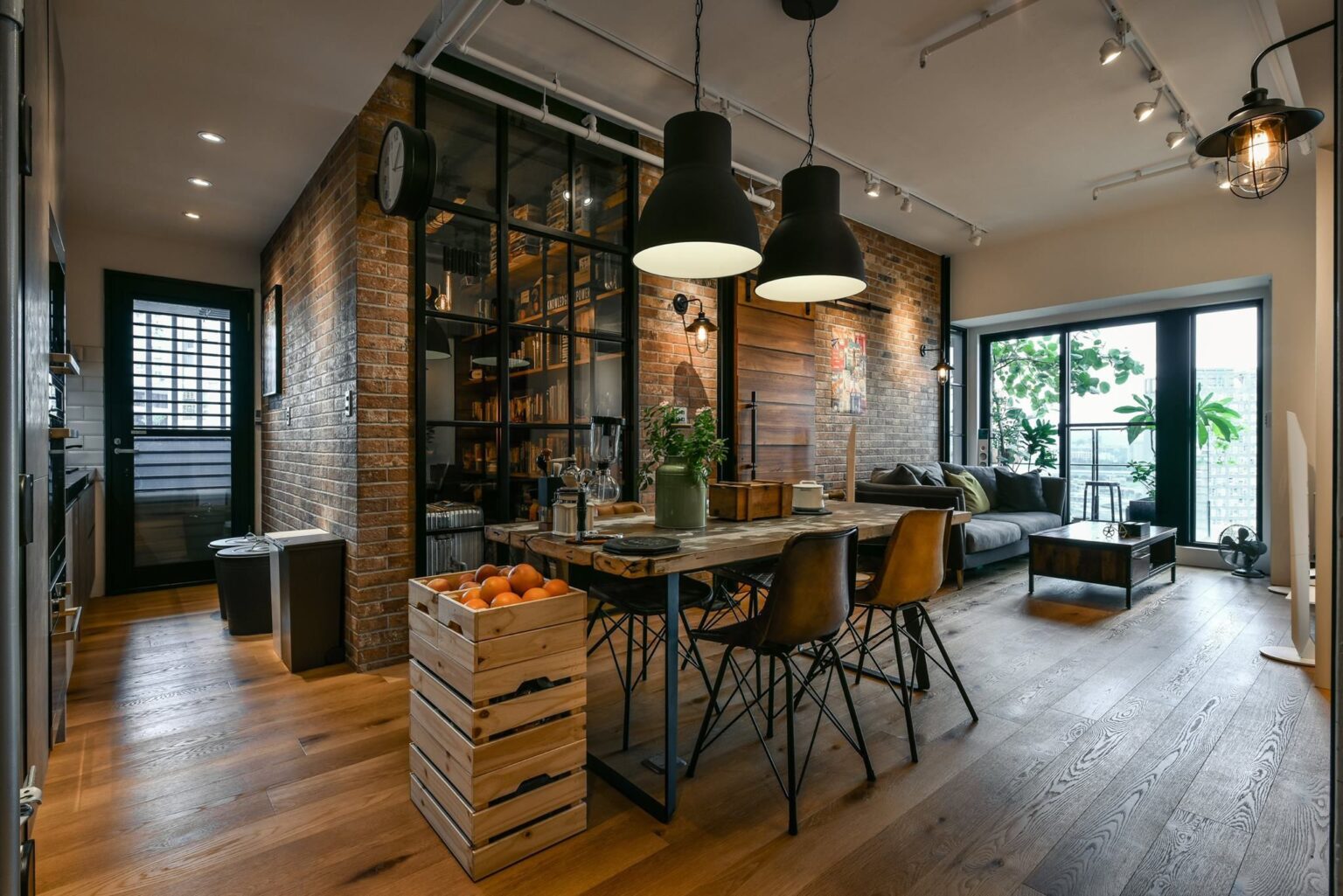
Repurposing Industrial Artefacts
One man’s trash is another man’s treasure, right? In 2024, the trend is all about repurposing industrial artifacts to create unique and personalized decor pieces. Here’s how you can get creative with your finds:
7. Salvaged Machinery Turned Art
Bring a touch of history into your home by repurposing salvaged machinery into striking art pieces. An old gear becomes a captivating wall sculpture, telling a story of its industrial past.
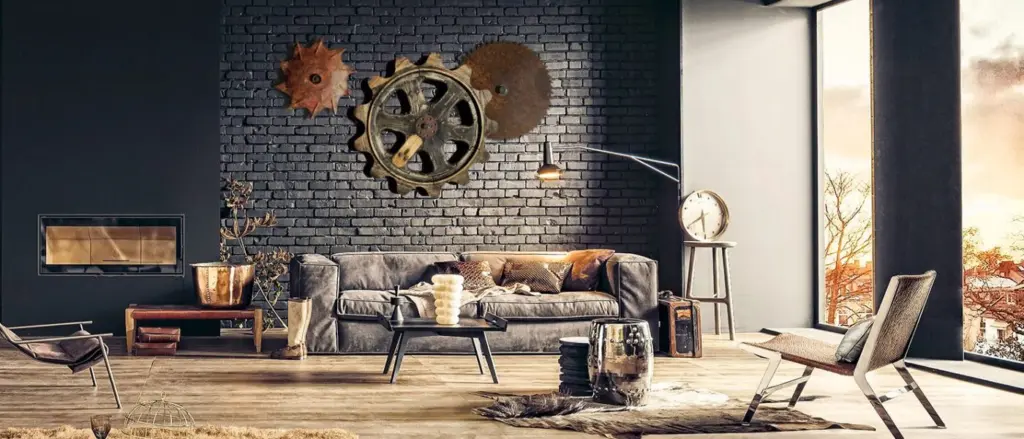
8. Industrial Pipe Furniture
Give your space an authentic industrial feel by incorporating furniture made from repurposed pipes. From shelves to tables, these pieces add a touch of rugged charm while being eco-friendly.
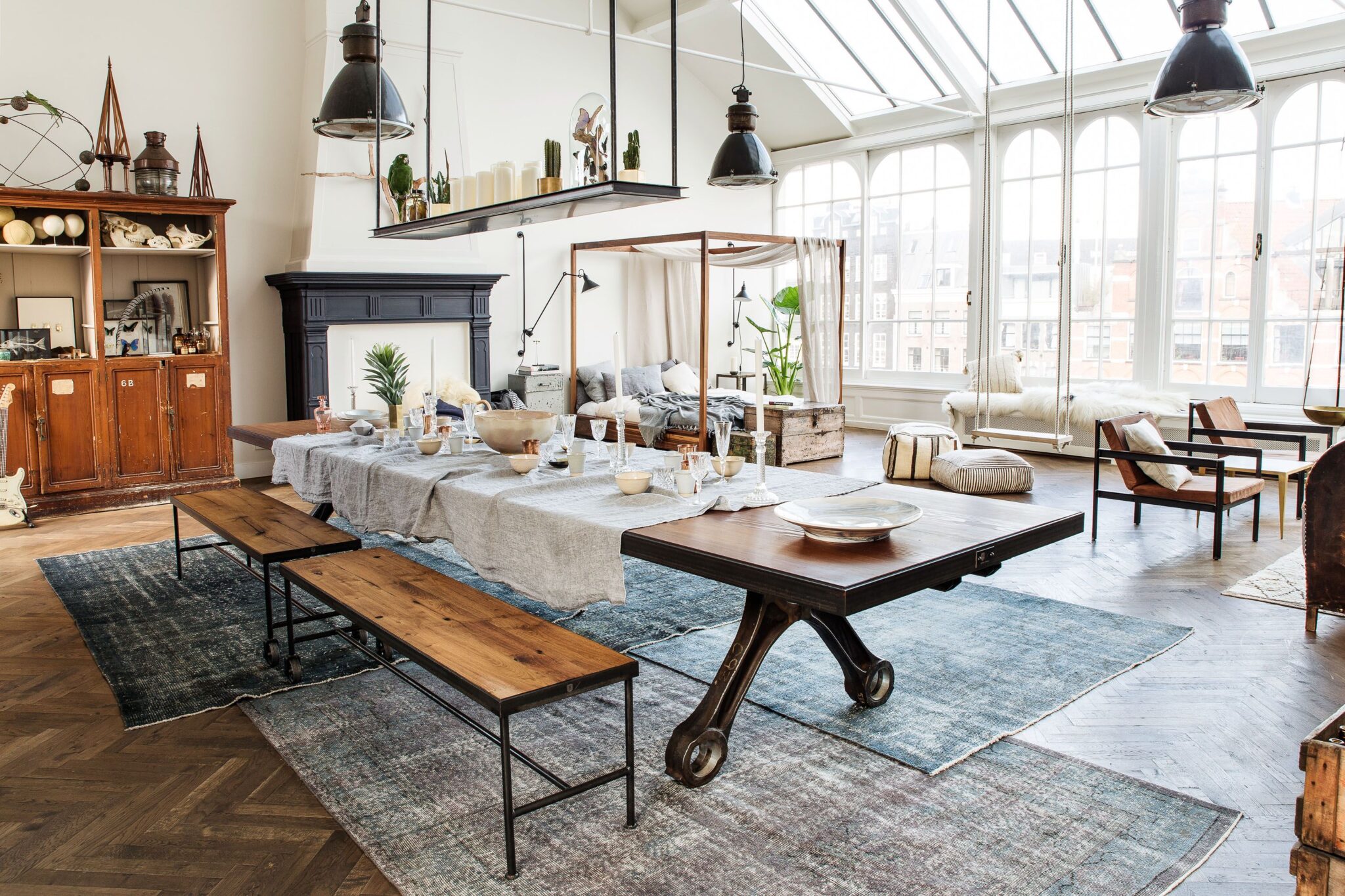
As we wrap up our journey into the best industrial house interior ideas in 2024, it’s clear that the future is all about pushing boundaries and unleashing creativity. Whether you’re infusing tech into your living space, embracing the fusion of nature and industrial design, or repurposing industrial artifacts, the possibilities are limitless. So, go ahead, take risks, and make your space a true reflection of your personality. The best industrial house interior ideas in 2024 are not just about design; they’re about telling your unique story through the language of industrial aesthetics. Get ready to transform your home into a haven of style, innovation, and pure industrial chic!
FAQs
What is industrial interior style?
Industrial interior style is a design aesthetic that draws inspiration from industrial spaces, factories, and warehouses. It often features raw, unfinished elements, exposed structural components, and a focus on functionality. Key characteristics include the use of materials such as metal, concrete, and reclaimed wood, as well as exposed pipes and ductwork. The style embraces a utilitarian and minimalist approach, creating a unique and visually appealing blend of rough and refined elements.
What is interior design with industrial material?
Interior design with industrial materials involves incorporating elements like metal, concrete, brick, and reclaimed wood into the decor. Furniture and fixtures made from these materials contribute to the industrial aesthetic, providing a rugged and authentic look. The use of exposed pipes, steel beams, and other raw features further enhances the industrial style, creating a distinctive and contemporary interior.
How can I make my house look industrial?
To achieve an industrial look in your house:
- Exposed Elements: Leave structural components like beams and pipes exposed.
- Raw Materials: Opt for materials such as metal, concrete, and reclaimed wood.
- Minimalist Furniture: Choose simple, functional furniture with an emphasis on metal frames.
- Industrial Lighting: Incorporate pendant lights, Edison bulbs, or industrial-style fixtures.
- Open Spaces: Embrace an open floor plan to enhance the industrial aesthetic.
What is the description of an industrial house?
An industrial house is characterized by its rugged, raw, and utilitarian design. It typically features:
- Exposed Structure: Exposed beams, pipes, and ductwork contribute to an industrial look.
- Raw Materials: Heavy use of materials like metal, concrete, brick, and reclaimed wood.
- Functional Decor: Furniture and fixtures with a focus on functionality and simplicity.
- Neutral Palette: A color palette dominated by neutral tones like gray, black, and brown.
- Open Spaces: An open and spacious layout often devoid of excessive ornamentation.
What is industrial design style?
Industrial design style encompasses a broader concept beyond interiors. It originated in the early 20th century and emphasizes a combination of functionality, efficiency, and aesthetic appeal in the design of products, spaces, and environments. Industrial design often features clean lines, minimalistic forms, and the use of materials like metal and glass. It is not limited to interiors but extends to various fields, including product design and architecture.
